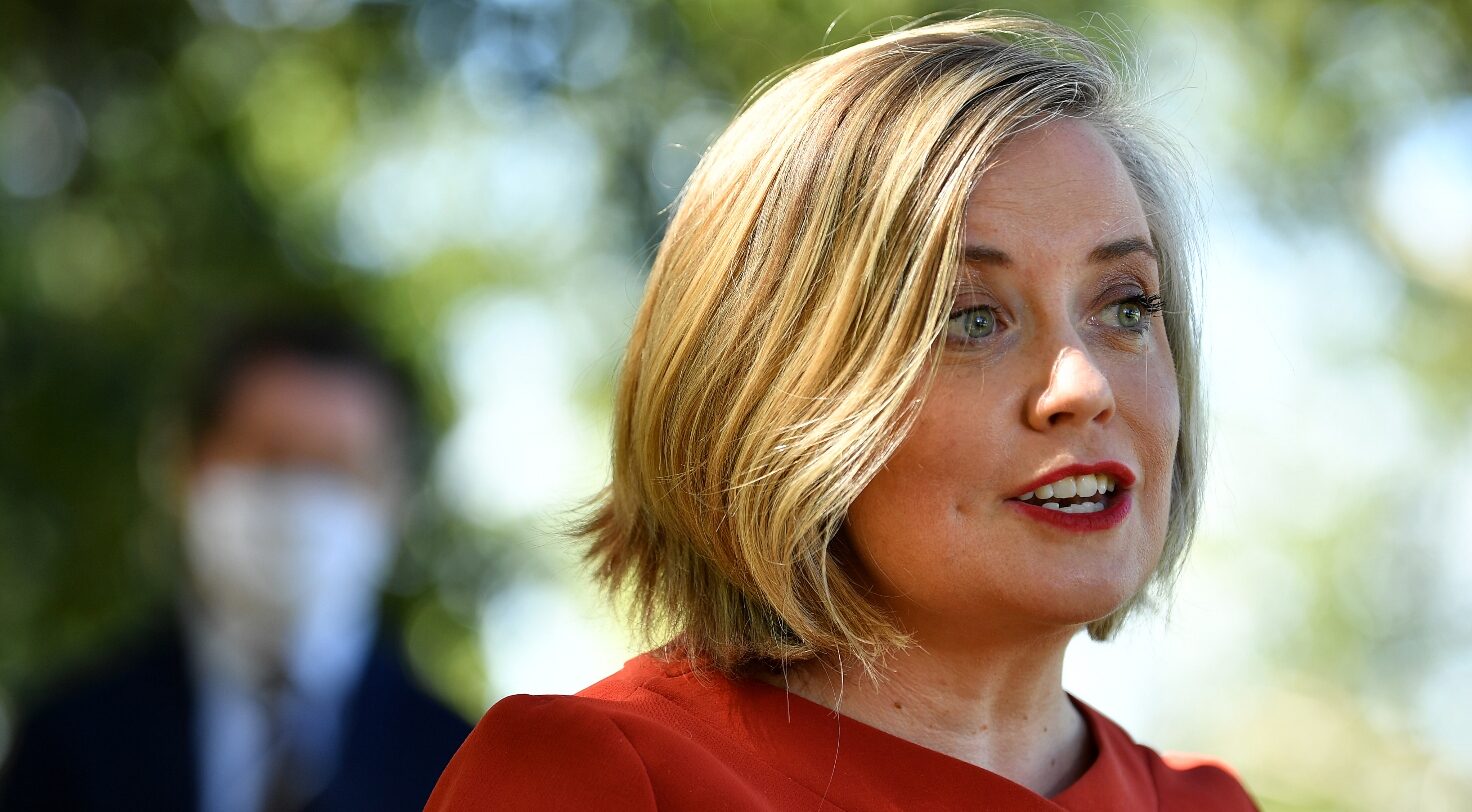
Employment shortfall predicted in the city
BY PATRICK BILLINGS
The City of Sydney and the NSW Government have set ‘dangerously’ low job growth targets for the next two decades, according to an industry lobby group.
The Property Council of Australia (PCA) has warned that the City of Sydney’s current forecasts, laid out in the Sustainable Sydney 2030 plan, will lead to poor planning decisions leaving businesses with little choice but to locate elsewhere.
Arguing that job growth targets determine a city’s transport and office space, the PCA believes if unaltered the targets jeopardise Sydney’s future success and competitiveness.
‘Everything hangs off job growth targets,’ said a spokesperson for the PCA. ‘Land use planning, development planning, and infrastructure planning all flow off that so if you set the targets too low then it can be dangerous.’
30,000 jobs were created in Sydney’s Central Business District between 2001 and 2006 according to council figures.
The City of Sydney has forecasted 97,000 new jobs between 2006 and 2031, a 25-year period. The PCA said the current targets are 50 per cent lower than real long-term employment growth with a projected shortfall of more than 3500 jobs each year in the CBD. While a small discrepancy could be absorbed the PCA said the gap between the target and actual growth posed a ‘serious threat to the city’.
‘There seems to be this view that if you put an artificial cap on the CBD the excess will pop up in other parts of Sydney,’ said the spokesperson. ‘But the CBD’s competition isn’t Hurstville, Strathfield or Parramatta. It’s Melbourne, Brisbane, Singapore and Hong Kong.
‘If a company chooses to locate its Asia Pacific Headquarters in one of these cities over Sydney, because we haven’t got the space, then it’s not good for Sydney and it’s not good for the state.’
But a City of Sydney spokesman said it was short-sighted to rely only on the past five years for future targets.
‘The City forecast of the growth of 97,000 jobs by 2030 is in line with the long-term average over the last property business cycle of about 15 years,’ he said.
The PCA responded by acknowledging there had been a very strong period of employment growth, but even in light of that, the targets and actual employment growth were ‘significantly different’.
‘It’s not as if we are talking about a difference of only 2 or 5 percent. 50 per cent is a very significant difference.’
Lone Liberal councillor and frequent dissenter of the Lord Mayor’s policies, Shayne Mallard, said he was concerned about the inaccuracy of the targets and said Sydney 2030 ‘ which he voted in favour of ‘ was rushed through council in time for last September’s election.
‘We are putting a cap on the economic growth of Sydney,’ Cr Mallard said. ‘We are reducing jobs growth by half. Council can either be a driver or a passenger. At the moment we are taking the State Government’s targets lying down.’
The PCA is more troubled by the State Government’s targets, which are currently lower than the City of Sydney’s. The draft Sydney Subregional Strategy, now on exhibition for public comment, forecasts 58,000 new jobs for Sydney by 2031.
At the current rate of growth, Sydney will hit this target in just nine years.
The NSW Department of Planning reiterated the same reasoning as the City of Sydney, arguing the last five years of strong economic expansion and job growth was not a relevant benchmark.
‘2001 to 2006 was a peak at the time and it is an incorrect assumption that it will continue at the same rate,’ said a Planning Department spokesperson.
‘The Department of Planning has an increasing focus for jobs in Western Sydney to bring jobs closer to home but still allow CBD growth.’
Jobs closer to home is a key theme of the State Government’s Metropolitan Strategy.
‘We are very supportive of jobs closer to home. But if you start capping the CBD in the belief it will lead to the automatic renewal of these other areas within Sydney, then it is just false,’ the PCA spokesperson said, adding that council had done many positive things for Sydney’s business environment and they looked forward to meeting with council to ‘scrutinise’ the targets.









